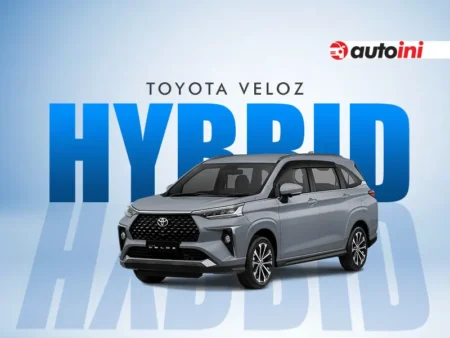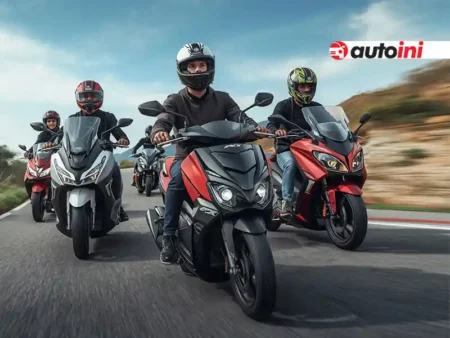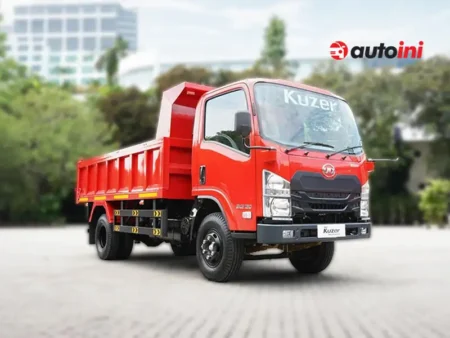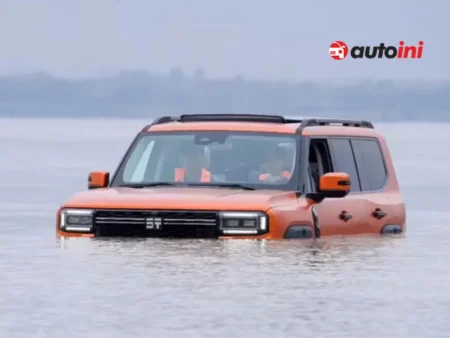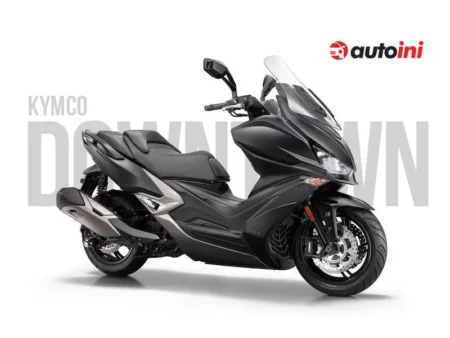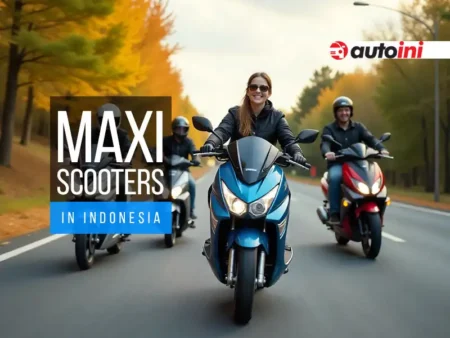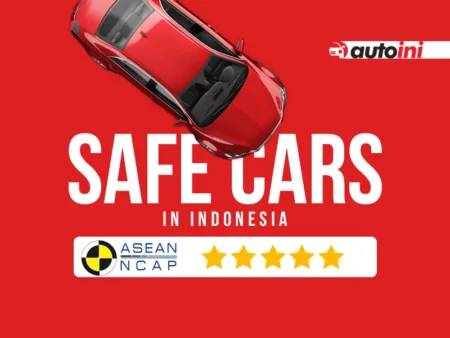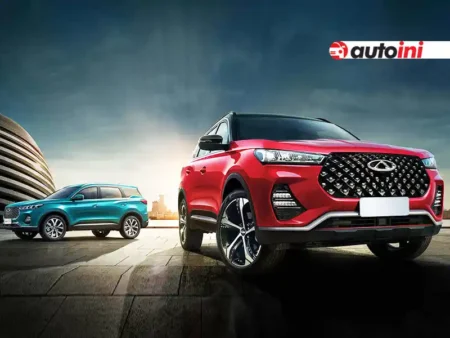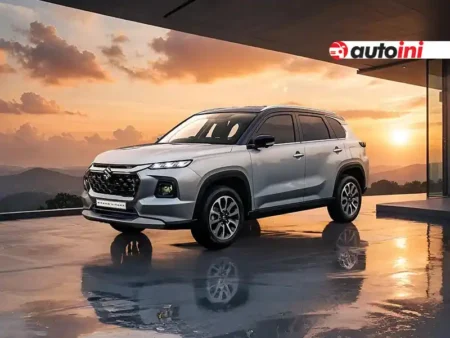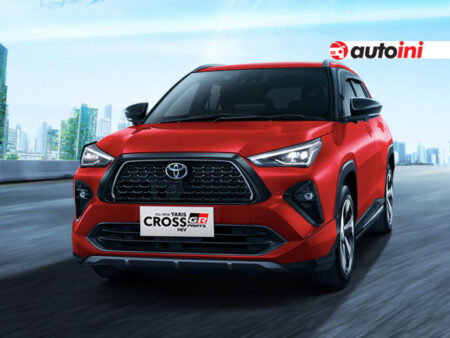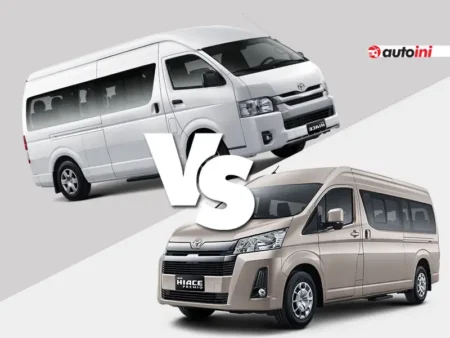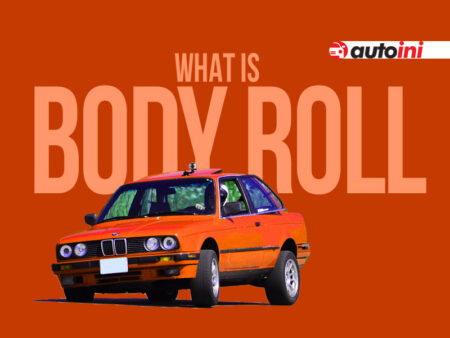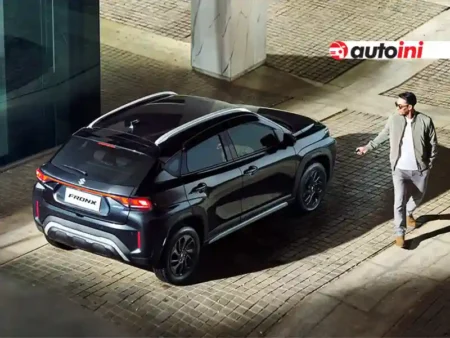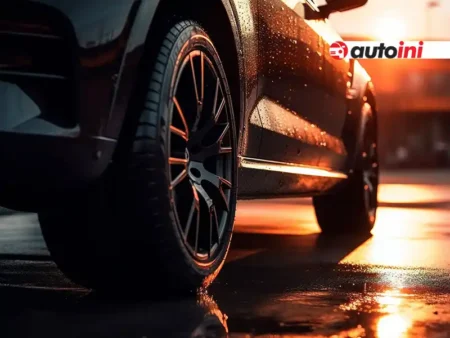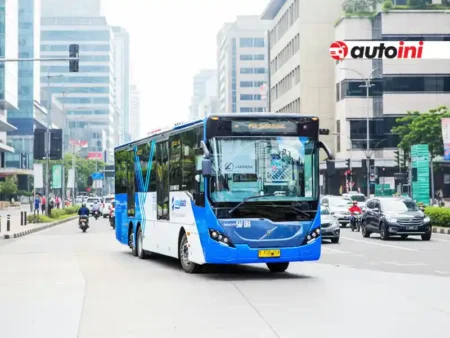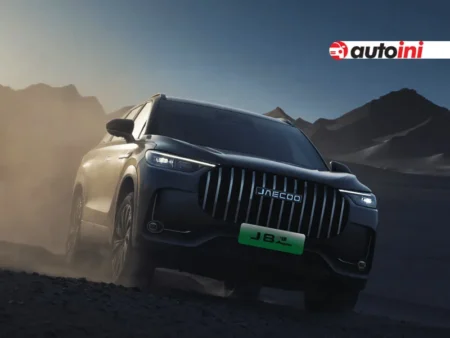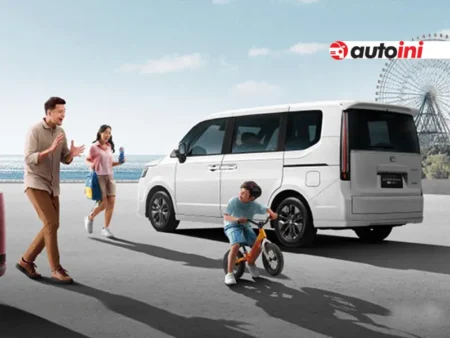Autoini.com – E10 gasoline — a fuel blend containing 90% petrol and 10% ethanol — has become a hot topic in Indonesia. With the government’s push toward greener energy and reduced carbon emissions, many fuel stations are beginning to introduce E10 ethanol-blended petrol. However, drivers and riders are asking one major question: Is E10 gasoline really safe for cars and motorbikes?
This article explores how E10 fuel affects your engine, what the benefits and risks are, and which vehicles are compatible with this blend — all based on the latest updates as of October 2025.
Understanding E10 Gasoline
E10 gasoline is made by blending regular petrol with 10% bioethanol — a renewable fuel derived from plants such as sugarcane or corn. In Indonesia, this initiative supports national energy diversification and aims to reduce dependency on imported oil.
According to the Ministry of Energy and Mineral Resources, E10 can help reduce CO₂ emissions by up to 7% and improve overall fuel sustainability. Yet, not all vehicles are designed to run optimally on ethanol-blended fuel.
How E10 Affects Car Engines
Modern cars, especially those manufactured after 2010, are generally compatible with E10 fuel. Most models from brands like Toyota, Honda, Hyundai, and Mitsubishi already meet E10 standards. However, there are key points every car owner should know:
- Fuel Efficiency: Ethanol contains less energy than pure petrol, which can reduce mileage by around 2–3%.
- Engine Corrosion: In older cars, ethanol can absorb water, leading to rust in fuel lines and injectors.
- Rubber and Seal Damage: Vehicles made before 2005 may have rubber components not resistant to ethanol.
ALSO READ
Safest Cars in Indonesia 2025 – ASEAN NCAP 5-Star Rating Cars
Effects of E10 on Motorbike Engines
Motorbikes are more sensitive to fuel quality due to their smaller engines. While most new motorcycles from Yamaha, Honda, and Suzuki are tested for E10 compatibility, older models might face some issues:
- Hard Starting: Ethanol attracts moisture, which can make starting more difficult after long storage.
- Carburetor Problems: For carburetor-based bikes, ethanol can cause clogging if left unused for weeks.
- Decreased Power: Slight loss in performance due to reduced energy density compared to pure gasoline.
Benefits of Using E10 Gasoline
- Supports Indonesia’s clean energy goals.
- Reduces greenhouse gas emissions.
- Can help stabilize national fuel prices by reducing oil imports.
- Safe for most modern vehicles with minor performance difference.
Risks or Side Effects of E10 Fuel
- May cause corrosion in older engines and fuel systems.
- Slightly lower fuel economy (around 2–3% drop).
- Long-term storage issues if vehicle isn’t used regularly.
Vehicle Compatibility Table (Indonesia Market)
| Vehicle Brand | Model Compatibility | Year Range | Compatible with E10? |
|---|---|---|---|
| Toyota | Avanza, Raize, Yaris | 2012–2025 | Yes |
| Honda | Brio, HR-V, City | 2013–2025 | Yes |
| Hyundai | Creta, Stargazer | 2020–2025 | Yes |
| Mitsubishi | Xpander, Xforce | 2018–2025 | Yes |
| Yamaha | R15, NMax, Aerox | 2018–2025 | Yes |
| Older Cars/Bikes | Pre-2005 Models | Before 2005 | No (Risk of corrosion) |
Fuel System Corrosion & Material Compatibility
One of the biggest risks of using E10 fuel lies in its effect on materials and components:
- Elastomers, plastics, and metals: O-rings, seals, plastic tanks, and fuel hoses may swell or crack if not ethanol-resistant.
- Metal corrosion: Older systems or underground tanks may corrode faster when ethanol and water mix.
- Component lifespan: Non-compatible parts wear out faster under ethanol exposure.
Most vehicles designed after 2010 are built with ethanol-tolerant materials and can handle E10 without issues.
ALSO READ
Best Maxi Scooters in Indonesia Prices, Specs and Expert Buying Guide
Real-World Readiness in Indonesia
- Indonesia’s domestic ethanol output reached about 303,000 kL capacity in 2024, but production was around 160,000 kL.
- Many vehicles on the road are older and may not be designed for E10 compatibility.
- Older cars (pre-2010) are generally recommended to use up to E5 fuel only.
- The government plans a phased rollout with infrastructure upgrades and vehicle testing.
Precautions & Best Practices
- Use ethanol-compatible fuel hoses, seals, and gaskets when servicing or upgrading.
- Consult the manufacturer for older vehicles to confirm E10 compatibility.
- Buy fuel from stations with high turnover to avoid long-stored ethanol blends.
- Regularly check spark plug color, fuel consumption, and idle quality.
- Use additives or stabilizers if the vehicle is stored for long periods.
Conclusion
E10 gasoline is generally safe and beneficial for most modern cars and motorbikes in Indonesia. It supports sustainability and national energy goals, but drivers of older vehicles should take caution. By understanding the compatibility and following simple maintenance tips, you can enjoy the benefits of cleaner fuel without risking your engine’s health.
FAQs About E10 Gasoline in Indonesia
1. Can older cars use E10 gasoline?
Older cars, especially those made before 2005, may face issues with ethanol compatibility, such as corrosion and rubber seal damage. It’s best to stick to regular petrol for these vehicles.
2. Does E10 fuel reduce engine performance?
Yes, slightly. Because ethanol has lower energy content than pure gasoline, you may experience a small drop in mileage or power — usually around 2–3%.
3. Is E10 gasoline available across Indonesia?
As of 2025, E10 fuel is being introduced in major cities like Jakarta, Surabaya, and Bandung, with plans for nationwide rollout by 2026 under Indonesia’s biofuel expansion program.







